#great auk
Text

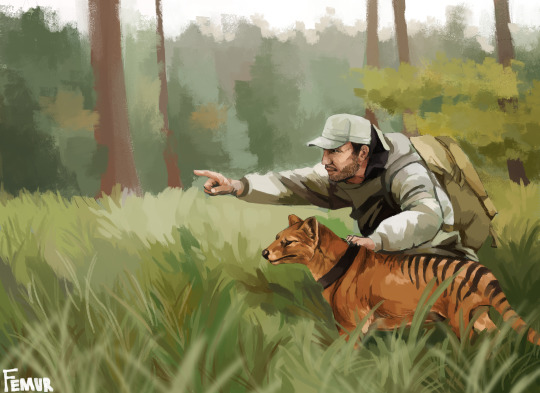
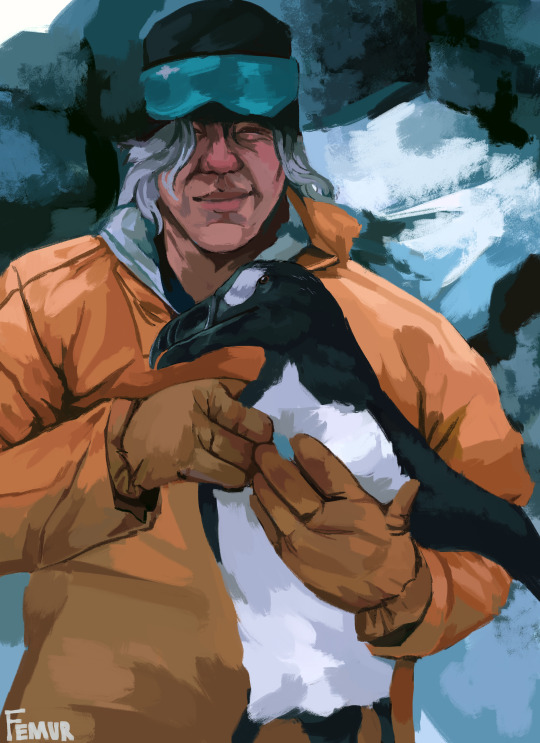
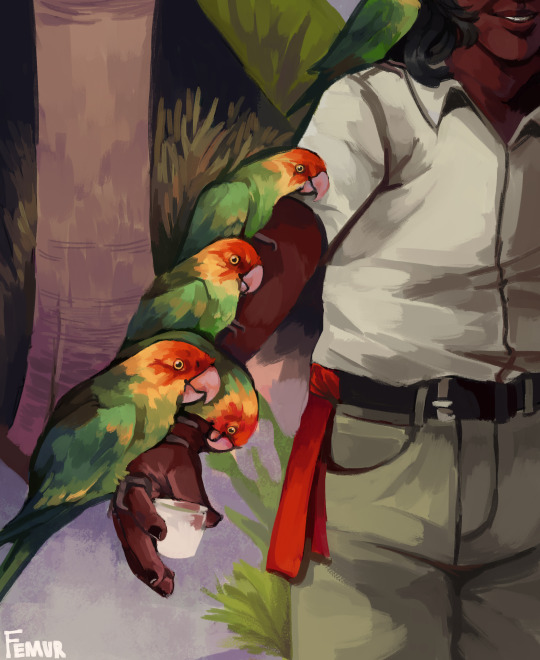
Something that could have been
#femurs art#carolina parakeet#quagga#great auk#extinct animals#extinct species#this was for a school thing#this series was made for ME#also this isnt supposed to be realistic#so like. i know that thylacines wouldnt make very good hunting companions but that wasnt the point of the piece#thylacine
17K notes
·
View notes
Text
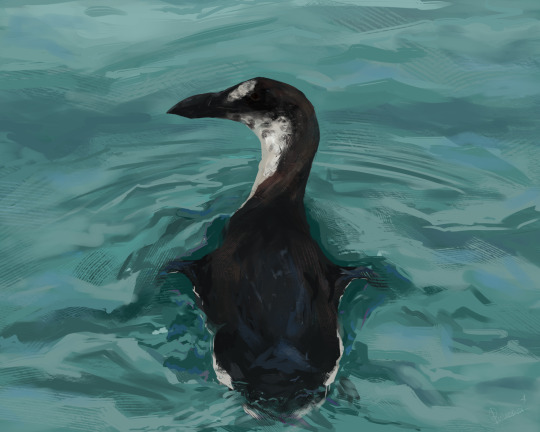
A Great auk, a young individual, swims about in the seas of the North Atlantic. Once a common sight, now reduced to nothing but memories
2K notes
·
View notes
Text
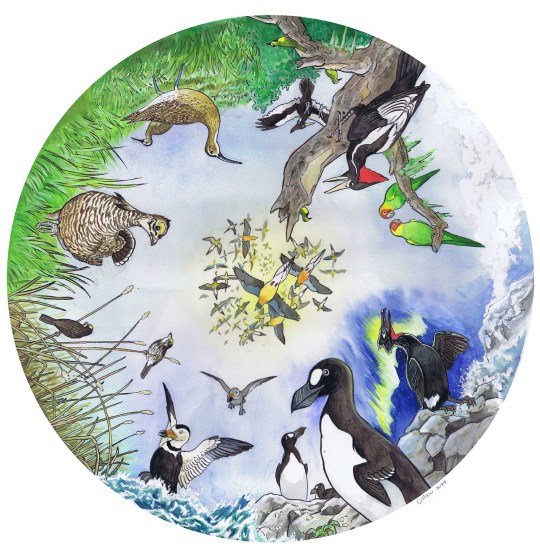
Lost Americans wheel. Watercolor and ink.
#extinct#extinct bird#great auk#carolina parakeet#passenger pigeon#eskimo curlew#labrador duck#ivory billed woodpecker#bachman's warbler#heath hen#dusky seaside sparrow#spectacled cormorant
792 notes
·
View notes
Text

Sunlemon - LOST ANIMALS
#plush#plushie#plushies#plushblr#plushcore#toycore#soft toy#stuffed animals#sunlemon#lost animals#extinct animals#mammoth#steller's sea cow#dodo#japanese wolf#great auk#plush: prehistoric#plush: pachyderm#marine mammals#plush: bird#plush: wolf#plush: canine
1K notes
·
View notes
Text
#extinct animals#animals#irish elks#elephant bird#great auk#Steelers sea cow#Tasmanian tigers#wholly mammoth#dodo bird
3K notes
·
View notes
Text


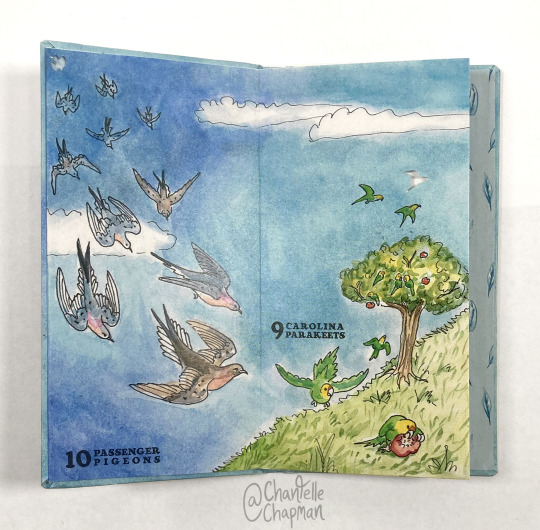
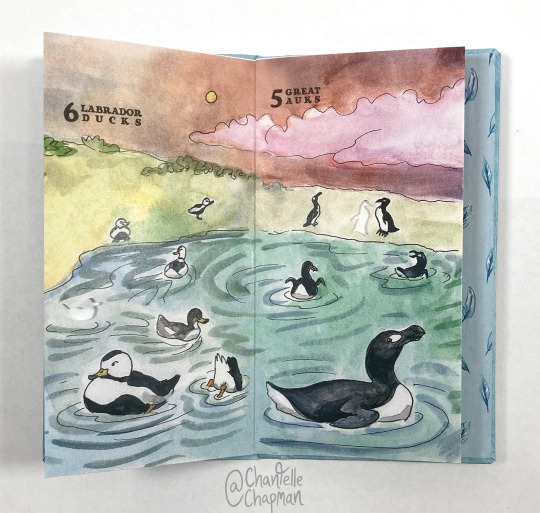


And Then There Were... a miniature counting book that I illustrated and bound by hand. The book is 5 1/2 x 3 inches, and features the extinct Passenger Pigeon, Carolina Parakeet, Heath Hen, Eskimo Curlew, Labrador Duck, Great Auk, Dusky Seaside Sparrow, Bachman's Warbler, Ivory Billed Woodpecker, and Kauai ʻōʻō. Illustrated in traditional pen & ink and watercolor. Like Grasping at Feathers, this book also includes cut-out elements. The concertina-style pages fold out to form one continuous spread. Created as an edition of 5, but I have plans to do another larger run.
#extinct birds#recently extinct#bookarts#passenger pigeon#carolina parakeet#heath hen#eskimo curlew#great auk#dusky seaside sparrow#bachman's warbler#ivory billed woodpecker#kauai o'o#o'o
274 notes
·
View notes
Text

Day 2 of january extinct birds - great auk
Auks used to be called penguins, and actual penguins are named after them! It's quite amazing that two completely different groups evolved to look and behave basically the same on two sides of the Earth. Penguins don't have that epic beak though.
186 notes
·
View notes
Text
Animal of the Day!
Great Auk (Pinguinus impennis)

(Photo from the Cincinnati Museum Center)
Extinction Date- 1844
Habitat- Northern Atlantic Ocean
Size (Weight/Length)- 75 cm
Diet- Fish; Crustaceans
Cool Facts- The great auk, while looking like a penguin, is nowhere close to being related to them. These seafaring birds were the only auk species to survive to the modern era, numbering in the millions during the Pleistocene. They were extremely powerful swimmers and the abundance of fish in the Northern Atlantic provided greatly. The great auk was held in high importance to Neolithic peoples due to their depiction in cave art and jewelry made of their bones. Unfortunately, great auks were easy to hunt and resulted in their extinction. Their feathers were used in pillows and their eggs were seen as a delicacy. The last pair of great auks were strangled to death and their egg was smashed in 1844. Today, the great auk’s closest relative is the razorbill. Luckily, the razorbill is of least concern with an increasing population due to protections placed on their fishing grounds.
Rating- 12/10 (In the genus Pinguinus, which penguins were later named after.)
#animal of the day#animals#auk#monday#monday 16#great auk#birds#sea birds#biology#science#conservation#the more you know#extinct#taxidermy#pleistocene#extinctober
294 notes
·
View notes
Text
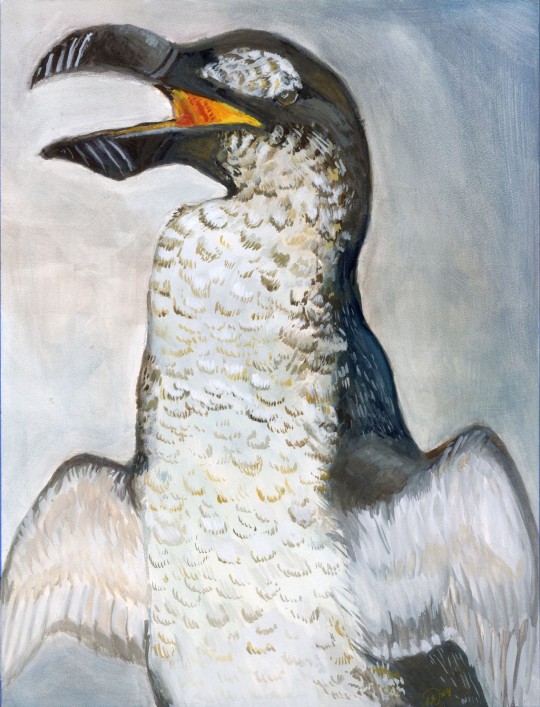

Norfolk Kākā (bottom) and Great Auk!
Project for one of my classes. Gouache on aquabord.
141 notes
·
View notes
Text

A vampire great auk, or Draukula. Credit for that genius pun goes to Hodari Nudu.
89 notes
·
View notes
Text

Taxidermy great auk with plaster egg at the American Museum of Natural History
By: Unknown photographer
From: Natural History Magazine
1937
91 notes
·
View notes
Text
Saint Patrick and the Beasts of Ireland
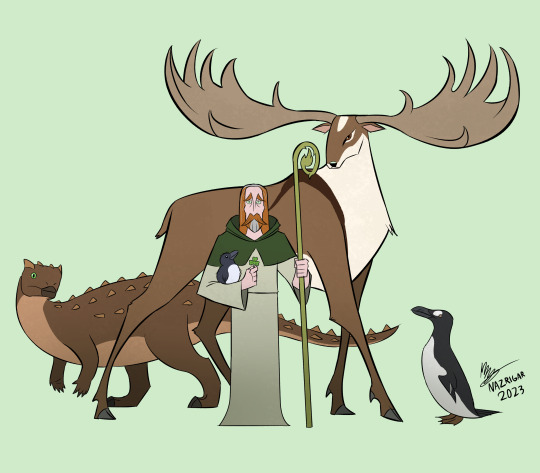
Happy Saint Patrick’s Day to all who celebrate!
Today’s warm up features the titular saint and some extinct creatures of Ireland: Scelidosaurus, Megaloceros and the Great Auk.
Of the three, the Great Auk would have been the only one that the Saint would have lived during his lifetime, as they were common throughout Europe during the Fifth Century.
All the sadder that they couldn’t make it to the modern day.
#saint patrick's day#saint patrick#irish history#megaloceros#great auk#scelidosaurus#paleoart#paleontology#my art#nazrigart#dinosaur#pleistocene#jurassic#ireland#conservation
362 notes
·
View notes
Text
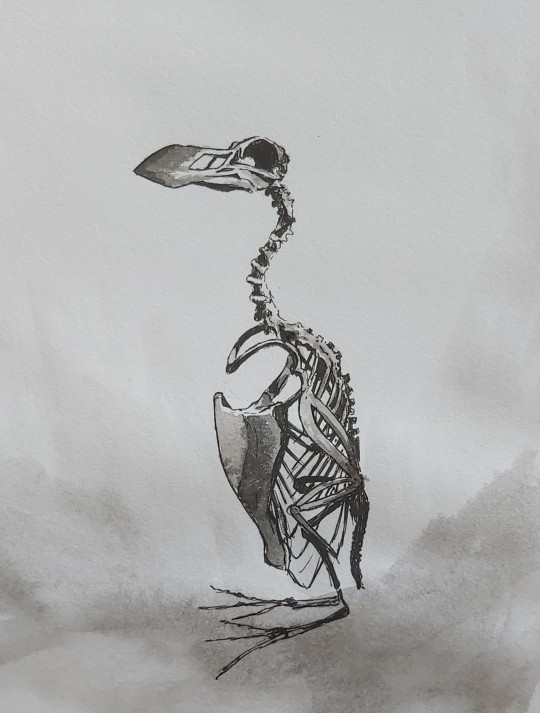
Inktober prompt 4: Dodge. The last great auk couldn't 😔
58 notes
·
View notes
Text

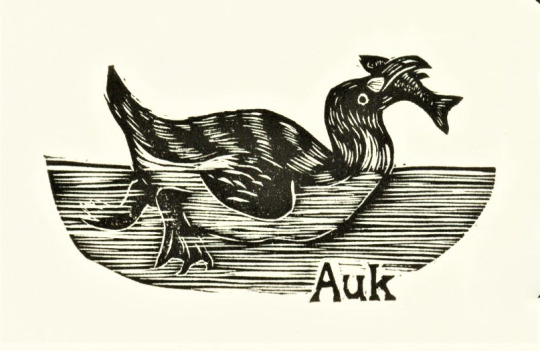


A Gone World Feathursday
Yesterday, we featured some woodcuts by the New Jersey-based artist Michael Dal Cerro (b. 1953) from his recently-donated 1992 artists book Small World Alphabet published in Seattle by Grey Spider Press in a limited edition of 75 copies. The book is an abecedarium highlighting the outsized impact our species has had on our planet's environment. Today we show all the woodcut birds presented in his book, and of course the unifying factor between these specific species is that they have all gone extinct through human intervention:
Dodo (Raphus cucullatus): a large flightless bird that was endemic to the island of Mauritius, part of a clade of extinct flightless birds that were members of the family which includes pigeons and doves. This docile bird that had never known predators was hunted to extinction by the late 17th century.
Great Auk (Pinguinus impennis): a large sea-going flightless bird of the family Alcidae that became extinct by the mid-19th century due to overhunting, particularly for its valuable down feathers used in pillows.
Heath Hen (Tympanuchus cupido cupido): an extinct subspecies of the Greater Prairie Chicken (Tympanuchus cupido), a large North American bird in the grouse family. Once extremely common, it became extinct in 1932, due to centuries of overhunting, predation by feral cats, and poaching.
Passenger Pigeon (Ectopistes migratorius): a migratory species of North American pigeon, once the most abundant bird on the continent, that was hunted to extinction by 1914.
View other posts on extinct birds.
View more Feathursday posts.
#Feathursday#extinct birds#Michael Dal Cerro#Small World Alphabet#Grey Spider Press#woodcuts#Dodo#Great Auk#Heath Hen#Passenger Pigeon#woodcut artists#abecedarium#abecederia#fine press books#fine press printing#birds#birbs!
141 notes
·
View notes
Text

The great auk.
131 notes
·
View notes
Photo

Artist Walton Ford’s painting “The Witch of St. Kilda”, which references the 1840 capture and slaughter of the last great auk ever recorded in the British Isles. [ x ]
187 notes
·
View notes